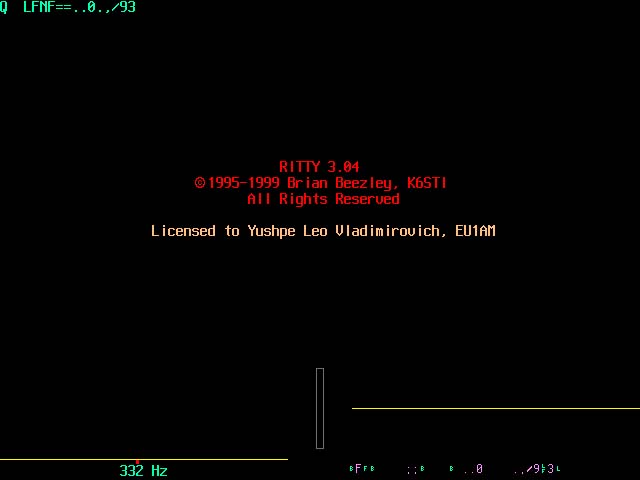Project Engineering Of Process Plants Howard F Rase Pdf

• Since the cnrliw 'T1,sit,6 de Chimie Minerale was puhlished in 1931-34, it is felt that more references to the litcrsture of rcecnt years shordd appear than do. Tho bibliographies a l ~ o indicate that rather extonsivu use of ahstrscting journals has been mxdc RS SOIIPC~B. Only 146 periodical t,itlcs appmr ns primary sources.
Project Engineering Of Process Plants By Howard F. Barrow If looking for a ebook by Howard F. Barrow Project Engineering of Process Plants in pdf format, then you've come to correct site. We presented complete version of this ebook in PDF, doc, DjVu, txt, ePub forms.
KRUXM U ~ r v ~ n s ~ r r or F~onrna G, ~ w r s v t m c. Fwnron PROJECT ENGINEERING OF PROCESS PLANTS H.
Rose, Associate Professor of Cherni- cal Engineering, University of Texas, and M. Barrow, Project Engineer for the Foster Wheeler Corporation.
John Wiley &Sons. Xii + 692 pp. 15 X 23.5 cm. Textbook edition, $12. 'THE dcsign and erection of a process ulant could never be romdet,ed solelv engineers, ehemist,s, and sperinlistx from many other fields. This comhined effort must be dirrct,ed by a.
Fiingle individual.. The project engineer.' This text has heen written by two men who have had broad experience as project engineers for ~ ~ r o ~ e s ~ l s n t s - p e t r o l e u m, chemical, and the like. Thev have divided the book into the four major divisions of work encountered in thp project engineer- ing of a new plant.
These are (1) Major Steps in I'lant Design, (2) Bu~iness and Legal Proccduren, (3) Details of Zngineer- ing Dcsign and Fquipmcnt Selection, and (4) Constr~ictions of the Plant. I t is obvious that thp project engincer must, have a hhresdth of training and experience.
Individual chapter8 in Part 1 list the major ~ t e p s in plant design and enu- merate items of information that must be secured so that the design will he sound. These steps deal with plant location, preliminary data for construction projects, process engineering, plan diagrams, plot plans, ~eheduling the project, and engi- neering design and dmfting. The chemical engineering student in ~chaal may have been exposed to x certain m m m t of proc- ens engineering, that is, the dcvelop- ment, evaluation and design of a chemical process.
Recheck your spelling for JVComm32 2.01 just in case, you might also want to try searching without the version number. Serial Search Tips When searching for JVComm32 2.01 do not include words such as serial, number, key, license, code, etc. If you still are having trouble finding JVComm32 2.01 have a look at the high speed results above, they are completley free and you will most likley find what you are looking for there.  Excluding words such as these will result in much more accurate results.
Excluding words such as these will result in much more accurate results.
But fieldom has he seen the larger picture of constructing the operating chemicsl plant. Ra8e and Barrow give him this broader picture. The businea~ and legal procedrm given in Part 2 are nsually out,side of student, training unless he has taken hnsiness courses. Those discussed hprr are pro- curement operations, officc procedure, and contrnrts and contractors. The student learns that letter writing turns out to be one of thr big johs of the engineer, and here are given examples of intrr-office and outside carrrspondence. The at,udent will fed more a t home in Part 3 on design and equipment, ~clection, because his eoume in unit operations has (Continued on page A1241 JOURNAL OF CHEMICAL EDUCATION • given him the fundamental equations for such designs. Other courses in civil, electrical, and meehsnieal engineering have propitred the student for the struc- tural part of construction.
The individual chapters give practical suggestions, short- cut methods, and optimum size formulas. These chapters cover vessels, heat ex- changers, process pumps, compressors and vacuum pumps, motors and turbines, other proresa equipment, piping design, thermal insulation, process instnlmentn, plant utilities, foundations, structures and buildings, and finally, safety in plant designs. The final Part 4 is a single chapter on construction, which shows how the pmj- ect engineer must work with the con- struction superintendent to completo the plant in tho scheduled time.
The engineering ~ tudent, no matter what his branch of specialization may be, who desires to enter the design and con- f i t ~ c t i o n phases of industry should study this hook. It is based on a. Wealth of practical experience of the authors, who have presented it exoellently.